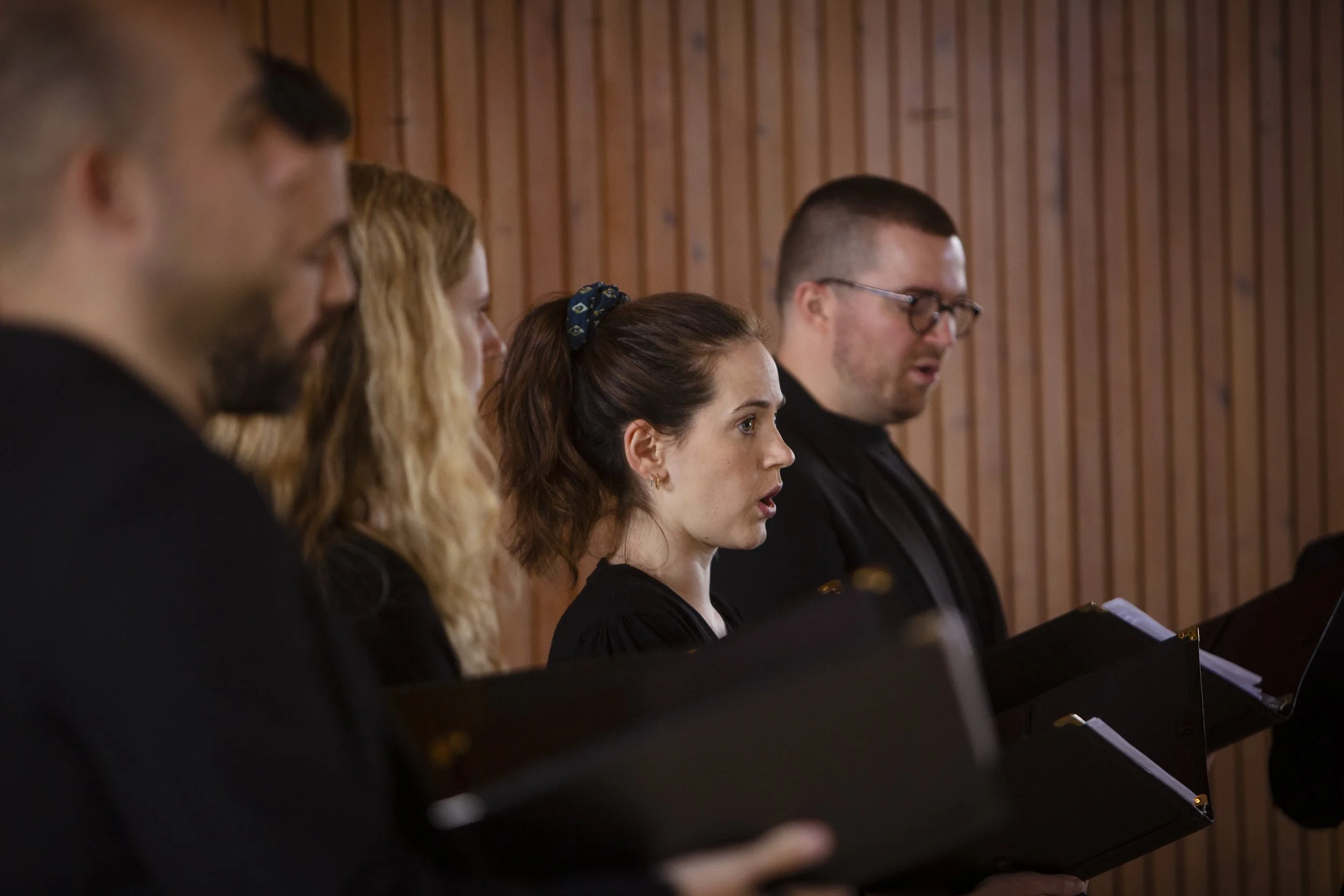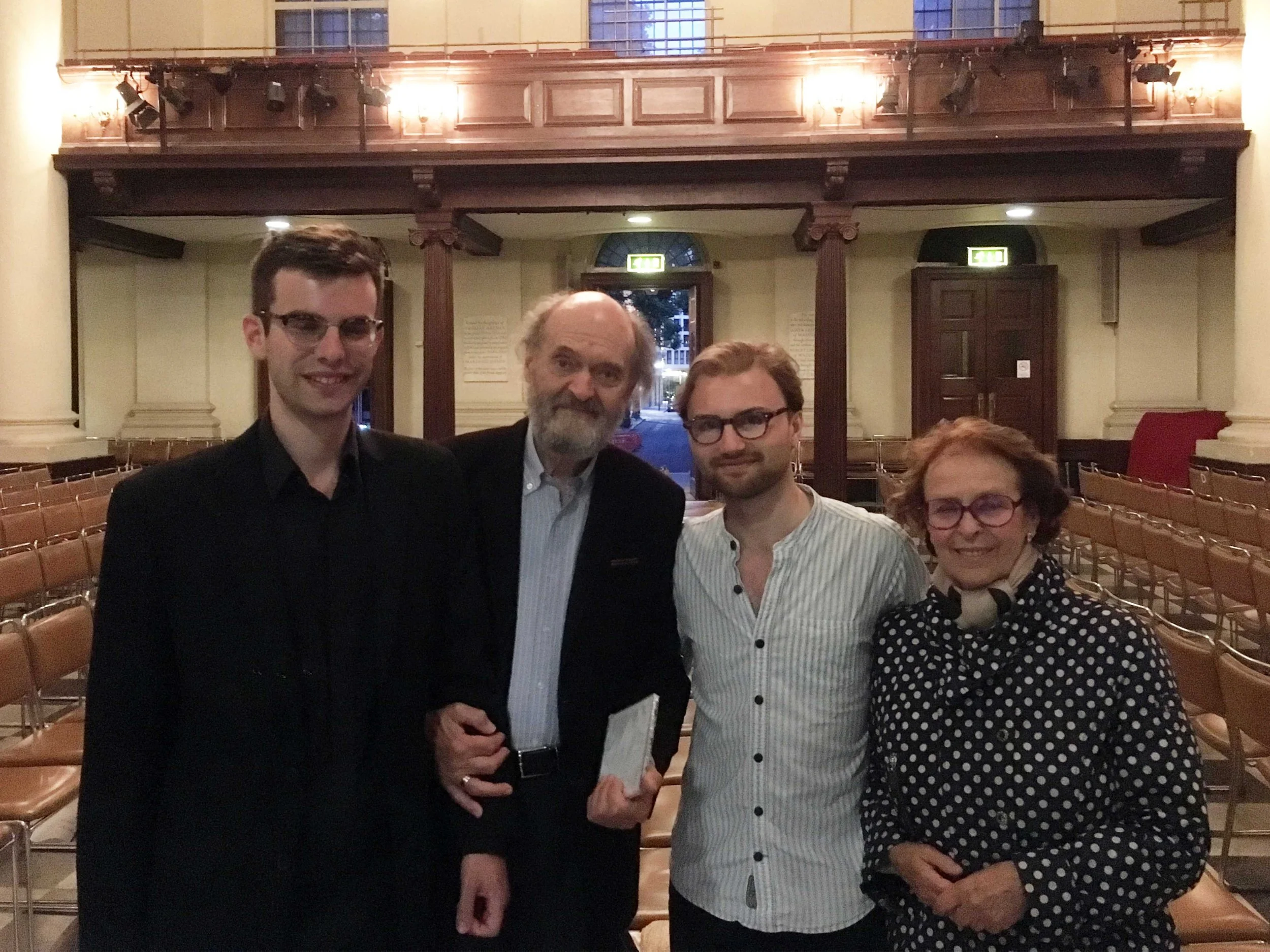announcing Chronicle 时•录
We’re thrilled to announce our first large-scale co-commissioning project in partnership with the Netherlands Chamber Choir and artist collective Tangram.
Chronicle 时•录 is a new multimedia choral-theatre work by composers and Tangram co-artistic directors Alex Ho and Rockey Sun Keting, with text by Yilin Wang.
Alex Ho
“Having begun developing this project over a year ago, I am hugely excited to be entering the creation phase ahead of our premiere performances next year. Chronicle builds on my own portfolio of operatic/theatrical work exploring Chinese diasporic cultures through interdisciplinary exploration, whilst also challenging me to do so with a choir for the first time.”Rockey Sun Keting
“This project speaks to the core of who I am as an artist, someone drawn to the space between memory and history, language and sound. It’s a chance to bring ancient Eastern poetic traditions into dialogue with contemporary choral music, and to give voice to women across time through a modern lens.”









